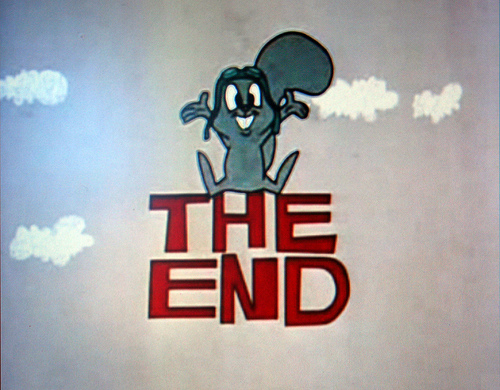DEADLINE SUNDAY FEB 3RD, MIDNIGHT.
You have all been analysing the openings of thriller films to identify features used to create suspense, intrigue, enigma, fear and so on. These are some of the ways in which thrillers engage their spectators and create the genre. You should now be finding your own examples individually and applying some of our findings to these to explain how the openings are constructed in a way typical of the thriller genre. You should also explain how the opening is unique and different to others. You can use the
check list below if you wish to analyse your own.
YOU HAVE TO DO FOUR EACH.
CAMERA
·
ECUs to distort
·
shallow depth of field to draw
attention to objects of
significance or distort perspective
·
tight framing to restrict view
- called restricted narration - eg
where only parts of body are visible, identity concealed>
shock delivered or enigma created
·
Wide shots to create unrestricted
narration and dramatic
irony and suspense
·
Still (tripod) camera work
(observation? suspense?)
·
hand held camera for realism
and/or subjectivity
·
canted frame for
disorientation
·
pov shots/voyeurism
MISE EN SCENE
·
variety of exterior settings,
but often urban , or rural (rarely
suburban like Haywards Heath!)
·
interior settings often
reflect threat or sinister action - everyday
objects create menace
·
Iconography of suspense: props
may add to characterisation, OR
may create ENIGMA
·
low key lighting
·
desaturated colour or symbolic
use of colour (eg red)
·
creation of 'pathetic
fallacy' (symbolic weather)
·
costume, hair, make-up create
realism and/or symbolise who
spectator is expected to dislike or like
EDITING
·
continuity
editing used for sense, flow, coherence and
realism
·
parallel cutting used to connect 2 characters or places -
simultaneous action
·
cross cutting used to connect 2 or more characters and
CREATE SUSPENSE
·
occasionally: DISCONTINUITY EDITING (jump cuts or
shock cuts) used to fragment and disrupt
sequence,
matching unsettling mood
SOUND
·
diegetic sound
used for realism and/or mood
·
non diegetic
sound as music or sound fx used to
construct mood/atmosphere and suspense
·
parallel sound
enhances vision
·
contrapuntal
sound may introduce threat or create
sinister mood
·
dialogue used
sparingly










